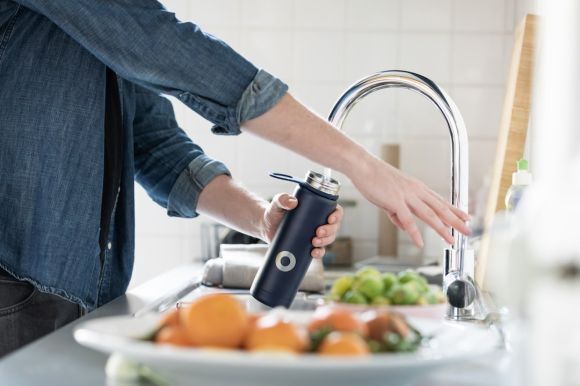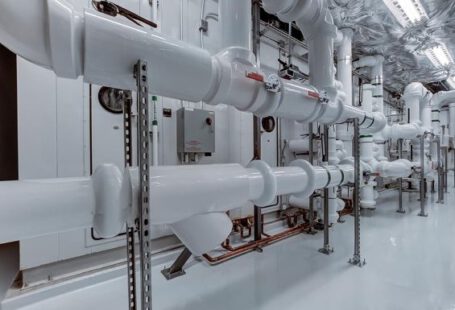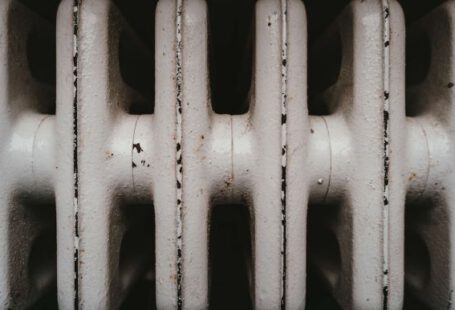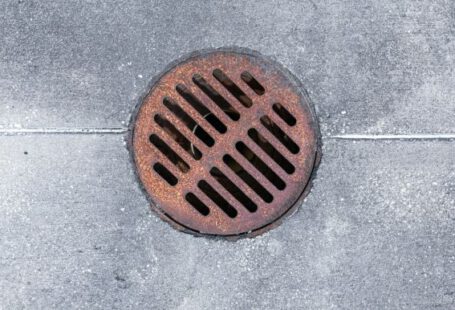As the temperature drops and winter approaches, it is important to ensure that your plumbing system is ready to withstand the cold weather. Cold temperatures can cause pipes to freeze and burst, leading to costly repairs and water damage. By taking a few simple steps, you can protect your plumbing and avoid potential disasters. Here are some essential tips to prepare your plumbing for winter.
Insulate Exposed Pipes
One of the most effective ways to protect your plumbing from freezing is to insulate any exposed pipes. Exposed pipes are more susceptible to freezing, so it is crucial to insulate them before the cold weather sets in. Use insulation sleeves or foam pipe wrap to cover exposed pipes, paying special attention to those in unheated areas such as basements, attics, and crawl spaces. Proper insulation will help retain heat and prevent pipes from freezing.
Drain Outdoor Faucets and Sprinkler Systems
Another important step in winterizing your plumbing is to drain any outdoor faucets and sprinkler systems. Water left inside these pipes can freeze and cause them to burst, resulting in significant damage. Begin by turning off the water supply to the outdoor faucets. Then, open the faucets to allow any remaining water to drain out. For sprinkler systems, follow the manufacturer’s instructions to properly drain the system. By taking these precautions, you can avoid costly repairs and preserve the functionality of your outdoor plumbing.
Disconnect and Store Hoses
Before the first freeze, it is crucial to disconnect and store your garden hoses. Leaving hoses attached to outdoor faucets can cause water to back up into the pipes, increasing the risk of freezing and bursting. Drain the hoses thoroughly and store them in a sheltered area, such as a garage or shed. This simple step can prevent damage to both the hoses and the plumbing system.
Keep Interior Temperature Consistent
Maintaining a consistent temperature inside your home is essential to prevent freezing pipes. During the winter months, set your thermostat to a temperature that will keep the interior warm enough to prevent freezing. Even if you are away for an extended period, do not turn off the heat completely. Instead, lower the thermostat to a moderate temperature to ensure that the pipes stay above freezing. This precaution will provide peace of mind and protect your plumbing system from potential damage.
Seal Leaks and Drafts
Inspect your home for any leaks or drafts that could expose your pipes to cold air. Small cracks or gaps in windows, doors, and walls can allow cold air to seep in and cause pipes to freeze. Use weatherstripping or caulking to seal these gaps and keep the cold air out. Additionally, ensure that any areas where pipes enter your home, such as around vents and electrical wiring, are properly sealed. By addressing these issues, you can improve energy efficiency and safeguard your plumbing.
Conclusion
Preparing your plumbing for winter is a crucial step to avoid costly repairs and water damage. By insulating exposed pipes, draining outdoor faucets, disconnecting and storing hoses, maintaining a consistent interior temperature, and sealing leaks and drafts, you can protect your plumbing system from freezing and bursting. Taking these essential steps will give you peace of mind knowing that your plumbing is ready to withstand the challenges of winter. So, don’t wait until it’s too late – start preparing your plumbing today!



